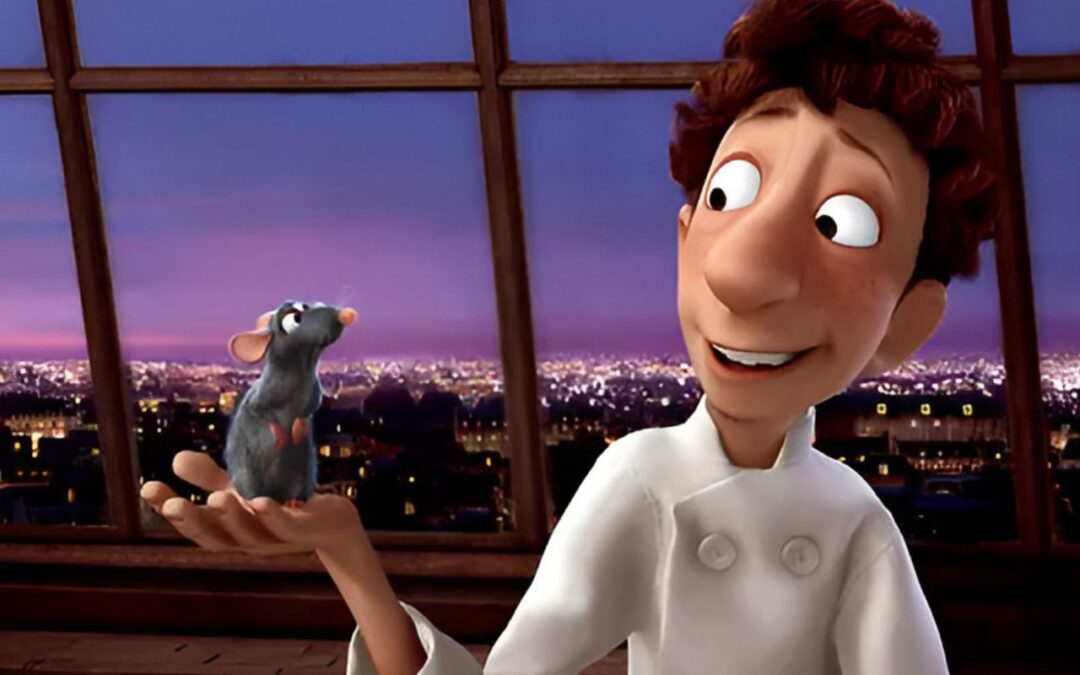There was a time when animated films were only about fun. They sang, they danced, they threw pies in faces — and that was enough. But as generations changed, so did the audience. And in response, the world of animation quietly shifted gears. Today, animated movies: they’re maturing.
No longer bound by slapstick or fairy tales, the new wave of animation explores heartbreak, self-worth, loss, identity, and even mortality. It still looks like a child’s world on the surface, but dig a little deeper, and you’ll realise these films are saying things many grown-up dramas hesitate to.
Cartoons No More
Let’s go back a bit. In the early 2000s, studios like DreamWorks and Pixar were already pushing boundaries. Finding Nemo wasn’t just a father-son rescue story; it touched on parenting fears and disabilities. The Incredibles hinted at identity crises in adulthood. But those were still subtle touches, wrapped in action and humour.
What we’re seeing now is something else entirely. Films today are openly tackling uncomfortable truths. Inside Out breaks emotions apart, invites the viewer in, and lets sadness take the wheel. Coco made death a celebration, without losing its emotional punch. And Soul? It sat us down, looked us in the eye, and asked: “What exactly are you living for?” These stories aren’t sugar-coated. They’re tender, yes — but they’re also unafraid.
Taking Big Swings and Trusting the Audience
The most telling sign of this shift is how fearlessly filmmakers are treating their audience, especially younger viewers. Take Guillermo del Toro’s Pinocchio. It’s not a tale about obedience or magic anymore. It’s about grief, war, and rejection. It doesn’t hold back, and surprisingly, kids don’t run from it. They sit through it, feel it, and carry it with them. Because children, as it turns out, understand more than we give them credit for.
Or look at The Boy and the Heron, Miyazaki’s melancholic return. It’s moody, surreal, and haunting, less a film than a dream. It doesn’t spoon-feed plot points. It expects you to follow the emotions instead. And that’s the beauty of it. The film invites you to feel first, and understand later, a rare privilege in today’s storytelling.
A Broader Canvas, A Deeper Heart
What’s also striking is how these films are giving voice to stories that were once overlooked. In Turning Red, puberty takes centre stage, messy, awkward, and unapologetically loud. It doesn’t hide behind metaphors; it charges into the chaos with drumsticks and attitude. For many young girls, especially from immigrant families, it was recognition.
And then there’s Luca, who exudes warmth but also has an undertone of secrecy and self-acceptance. Its unassuming charm hides a potent question: What if the world doesn’t accept you for who you are?
And in Spider-Man: Into the Spider-Verse, we’re introduced to a hero who doesn’t fit the usual mould, a mixed-race teen from Brooklyn navigating multiverses and self-doubt
Underneath the web-slinging is a genuine story about worthiness and forging your path. What links all these films is a quiet confidence, a belief that truth, no matter how complex, belongs in animated storytelling.
More Than Just Entertainment
What’s most fascinating is how these films affect adults. We no longer go to animated movies with kids. We go for ourselves. We go because we’re tired of cynicism, and these stories still believe in growth, healing, and magic.
Animation, once dismissed as juvenile, now delivers some of cinema’s most honest reflections. It’s no longer about escaping the real world, it’s about returning to it with softer eyes.
These films remind us that it’s okay to cry during a movie about a panda or a sea monster. That growing up isn’t about getting older, it’s about learning to feel again.
Also Read…
A Medium That Finally Found Its Voice
It’s strange how long it took the world to take animation seriously. Perhaps we were waiting for it to start looking like us — flawed, frightened, hopeful. But now that it has, we’re finally seeing its full potential.
These aren’t just cartoons anymore. They’re emotional maps. They help us find our way back to ourselves and to the parts of us we forgot along the way.
So the next time you see an animated film on a big screen, don’t brush it off. Sit down. Watch. Listen. You might just learn something about being human from a talking heron, a red panda, or a spider-boy.
Writer – Subham Choudhary

